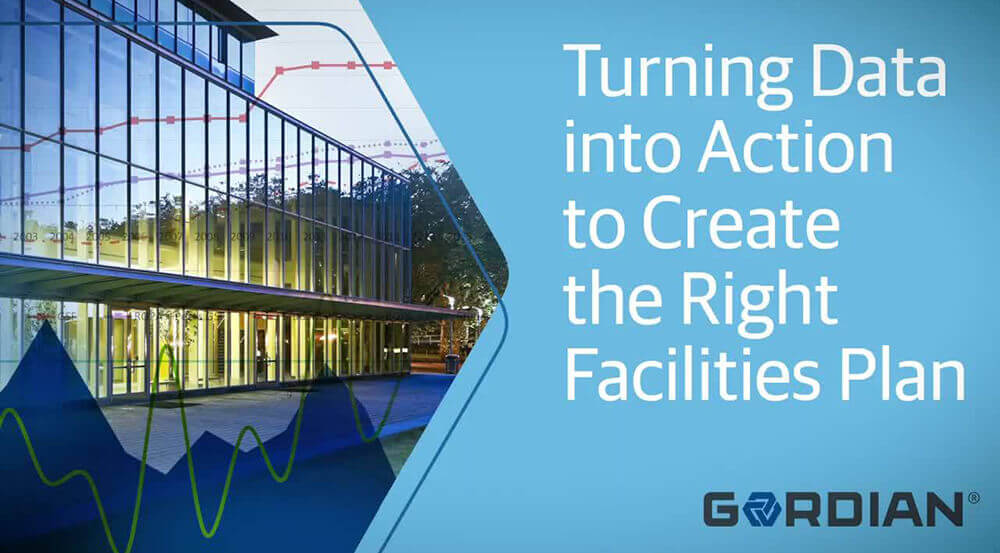It’s been pointed out countless times in major news outlets about Higher Education: buildings are aging, costs are rising and the student population is shrinking. At the confluence of these three issues sit the CFO and the Facilities Manager. Often these two campus leaders discuss options for balancing these seemingly irreversible challenges. One of the most common results from this exercise is the institution just simply has too much space. Removing a low-use, high-need facility is a great way to reduce annual operating costs, maintenance stress, and in extreme circumstances, risk to students, faculty and staff. There may even be a building on the infamous “to be demolished” list for decades that is ready for removal.
Despite the clear gains that can be achieved from pulling the plug on older, high-need facilities, we don’t hear as much about buildings coming down as we do going up. Why is that? Perhaps it’s because reducing space forces the CFO and the Facilities Manager to ask a simple question with a complex answer: “What do we do with the people in the building?”
The answer to this question is multi-faceted and crosses between institutional silos. But the benefits of removing under-performing spaces far outweigh the difficulties of getting multiple groups on the same page. To determine a solution, let’s look at the critical data pieces that can be combined to create an effective plan and identify a path to more intentional space utilization:
- Spatial Data – Typically owned by space management or real estate, a reliable and granular inventory of spaces is essential for determining a building’s transition plan. Ensuring this data is organized consistently from building to building and room to room is vital to conducting fair space comparisons. Collecting the data can feel like an unnecessary exercise; after all, the building’s coming down, right? But the subsequent steps can’t be taken without a solid foundation.
- Occupancy Data – Normally the responsibility of the provost or even department heads, there needs to be a clear understanding of who owns and occupies what space. This information should be combined with spatial data to form a live database that helps the building owner quickly run queries to understand what departments own the most space and what the makeup of that space actually is.
- Utilization Data – Determining how often rooms are used is essential to understanding the impact of any space changes. Gathering detailed, trustworthy data allows for true modeling when it comes to figuring out what rooms can be combined with others. Just knowing that a room is occupied 25 hours per week is insufficient to identify an opportunity to move courses into another room. Gather data that tells you more. Something like this: The room has 18/25 positions occupied from 9 a.m. – 2 p.m. on Monday, Wednesday, and Friday, and has 14/25 positions occupied from 11 a.m. – 4 p. m. on Tuesday and Thursday. This extra level of insight aids in executing clean transitions. Rather than forcing instructors or students to change both time and location, is there an opportunity to just change locations? Is there a room with similar technological capacity or comparable furniture?
- “Soft” Data – The last and most-overlooked dataset to collect is one that provides less analytical value than the others, but is important nonetheless. Nobody will dispute that understanding what users (faculty, students, staff) say about a space is important, but the method for gathering this data is crucial. Without a systematic approach, there is a risk of only hearing from those who are willing to reach out. Here’s another upside: Creating a focused approach to collecting soft data will draw out details that would otherwise stay hidden. Uncovering space “wants” is a crucial element to this process but coupling this data with the utilization analysis will also show what spaces users actually USE. Do they really want the high-tech classroom with the bells and whistles? Or do they prefer to have a room next to their office? Using soft and hard data together will help cut through the noise to arrive at a clear conclusion.
Organizing and analyzing these datasets together can be a daunting task, but it is one with clear rewards. First and foremost, CFOs and Facility Managers can provide a data-based answer about what to do with occupants in a building that will be removed. Additionally, this robust dataset will not just provide solutions for known issues, it can also shed light on unknown problem spots around the institution that will provide a path forward to improved fiscal stewardship. Lastly, establishing the discipline to make the collection and analysis of these datasets a habit will improve decision-making agility and make the institution more prepared when change happens.







